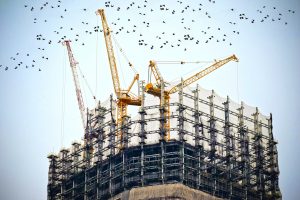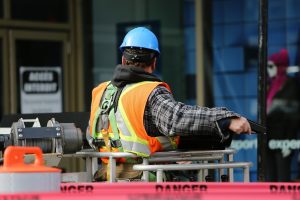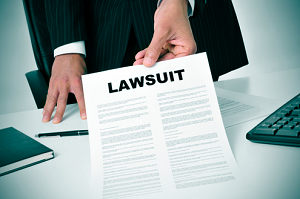 It’s no secret that construction sites are among the most dangerous working environments. An employer or contractor’s seemingly minor blunder or negligent act could lead to an accident and, in turn, result in injuries or death to one or more individuals. If you work in construction sites, you’re probably well aware of the dangers and risks you’re exposed to at work. With this in mind, it’s crucial to know what to do in the unfortunate event that you experience an accident at a construction site. Here are four things to do following a construction site accident – for more information, call us today to speak with an Atlanta construction site accident lawyer.
It’s no secret that construction sites are among the most dangerous working environments. An employer or contractor’s seemingly minor blunder or negligent act could lead to an accident and, in turn, result in injuries or death to one or more individuals. If you work in construction sites, you’re probably well aware of the dangers and risks you’re exposed to at work. With this in mind, it’s crucial to know what to do in the unfortunate event that you experience an accident at a construction site. Here are four things to do following a construction site accident – for more information, call us today to speak with an Atlanta construction site accident lawyer.
1. Get Medical Attention Right Away
The first thing you should do after getting injured at a construction site is to seek medical help as soon as possible. This is very vital even if you think that you only have minor injuries because, in most cases, symptoms of severe injuries may not appear until several hours or even days after an accident.
 Georgia Injury Lawyers Blog
Georgia Injury Lawyers Blog


 For most of us, road construction is a major headache, causing delays in our daily commutes. Unfortunately, we rarely think about the hazards that construction workers face in simply doing their jobs. A simple accident caused by an absent-minded driver can result in serious injury and even death.
For most of us, road construction is a major headache, causing delays in our daily commutes. Unfortunately, we rarely think about the hazards that construction workers face in simply doing their jobs. A simple accident caused by an absent-minded driver can result in serious injury and even death.  people think of personal injury attorneys purely in terms of car accident cases. The truth is that a personal injury attorney can help you in any situation where you have been injured through someone else’s fault. Serious injuries can have life-altering consequences. An experienced personal injury attorney can help you protect your future by seeking fair compensation for your injuries and other losses.
people think of personal injury attorneys purely in terms of car accident cases. The truth is that a personal injury attorney can help you in any situation where you have been injured through someone else’s fault. Serious injuries can have life-altering consequences. An experienced personal injury attorney can help you protect your future by seeking fair compensation for your injuries and other losses.  It’s quite common to hurt your back in an accident. Unfortunately, unless they experience a back injury that requires hospitalization, too many people ignore their back injury and assume that it will get better over time. They subsequently discover, often too late, that their injury is more serious than they thought and will require extensive medical treatment in order to make a full recovery.
It’s quite common to hurt your back in an accident. Unfortunately, unless they experience a back injury that requires hospitalization, too many people ignore their back injury and assume that it will get better over time. They subsequently discover, often too late, that their injury is more serious than they thought and will require extensive medical treatment in order to make a full recovery.